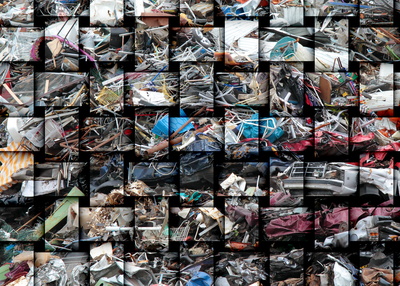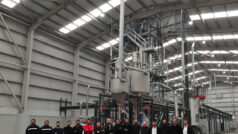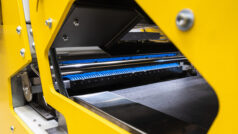Schmiedel states that prices have returned to a normal level and that Chinese exports of finished and semi-finished steel have decreased during the summer – while still on a high level. Schmiedel also points out that prices for iron ore and coking coal were much higher than predicted, leading integrated mills to use more steel scrap than before.
For The EU, Tom Bird of Liberty Steel reports a relatively stable market. He explains that although the demand has been constant, sharper price increases were not realised. Bird says that the market will remain relatively flat in the last quarter of the year because of low demand and the pressure from cheap billets. „There is considerable resistance to lower prices from suppliers, and with no real overhang in scrap supply we should see values continue to move in a tight range“, he summarises.
In the USA, prices remain on a low level after the summer, as George Adams of SA Recycling explains. „A weakening domestic market as well as a soft export market left mills in a position to drop prices as scrap dealers entered September negotiations“, Adams says. There has also been an increase in steel import into the USA and a continued decline in exports of scrap. Adams points out that there are reduced scrap flows due to the low prices. „If and when demand picks up, there may be not enough scrap in the pipeline to meet future demand. That was the outcome last year; we’ll have to wait and see if there is a repeat this time around.“
For China, Adams reports an increase of steel prices during the last month. But he also points out that steel inventory levels were increasing, which may negatively impact the steel prices in the fourth quarter. „Although there are improved economic conditions in China this year and stronger earnings reported from the top Chinese mills compared to 2015, the underlying problem of excess steel production versus domestic demand will presumably continue next year“, he summarises.
The complete report can be downloaded by members on the BIR website.









